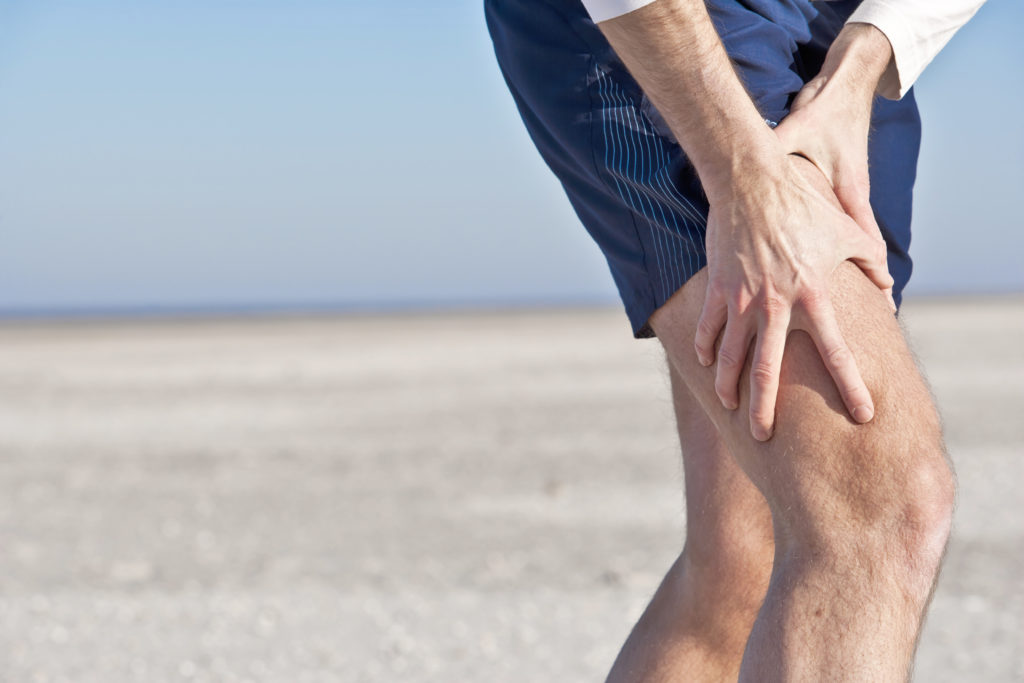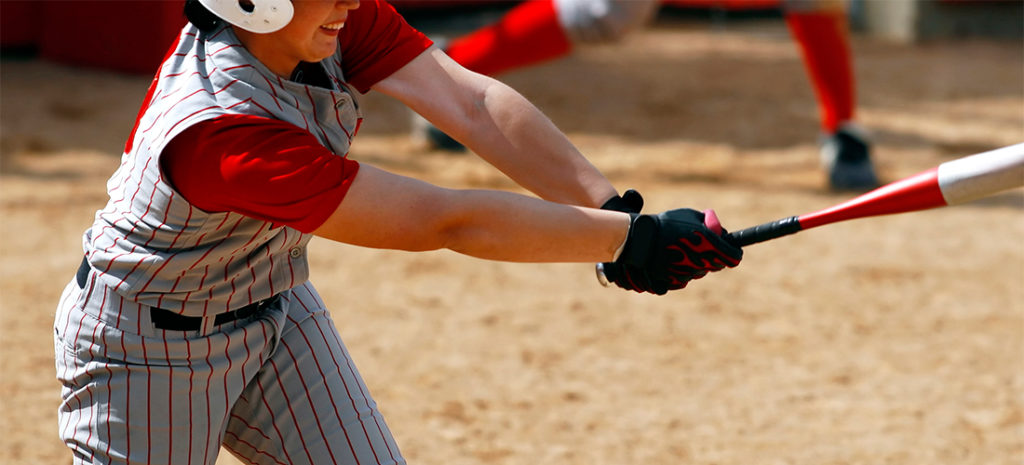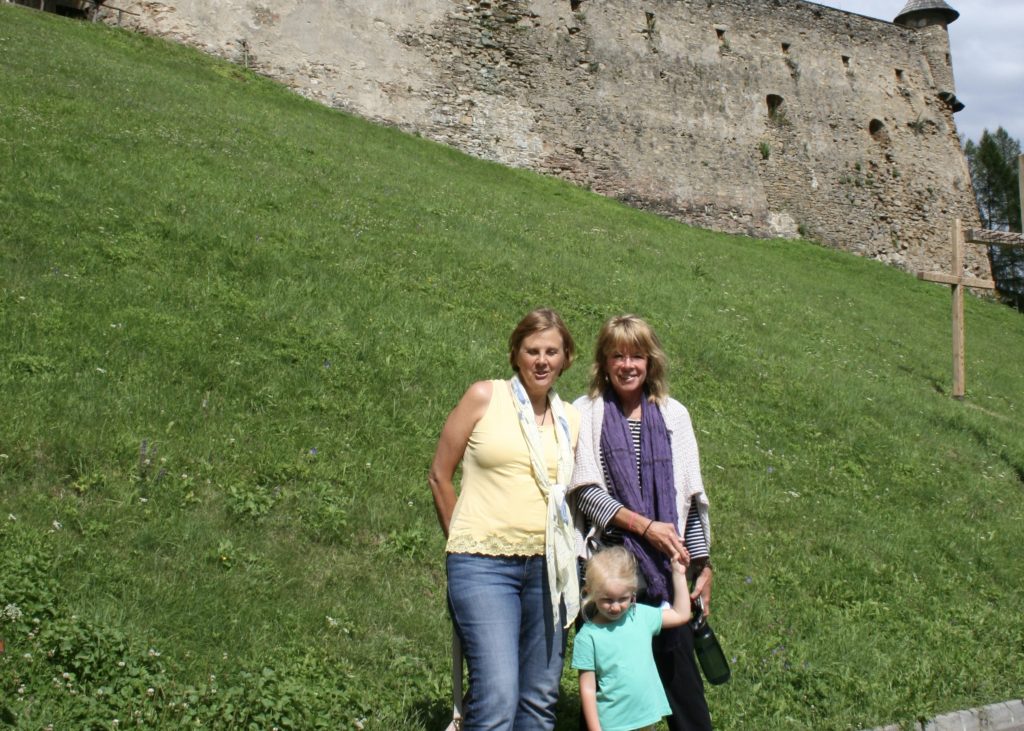THIS POST IS PART OF THE ULTIMATE GUIDE TO SPORTS MEDICINE AND THE ULTIMATE GUIDE TO KNEE REPLACEMENT SURGERY
It can be alarming, though not uncommon, to see muscle mass loss in a short amount of time following surgery. When the muscles aren’t used, you can lose 1 to 3% of muscle mass per day.
As an athlete or a weekend warrior, you most likely have strong quadricep muscles from frequent exercise. Quad atrophy is usually associated with chronic knee instability, which can be even more alarming.
You may experience quad activation failure also known as “quad not firing” or “quad shutdown.”
OrthoIndy sports medicine physician, Dr. Jack Farr, discusses quad activation failure and exercises and equipment you can use to help your quadricep function properly after knee surgery.
MAKE AN APPOINTMENT WITH A SPORTS MEDICINE PHYSICIAN
What is quad activation failure (aka quad shutdown)?
Quad activation failure is the inability to squeeze or tighten your quadriceps. It’s not uncommon after major surgeries like an ACL surgery or a total joint replacement but can occur even with arthroscopy.
“The frequency is highly variable, but full quad shutdown occurs in less than 5% of post-operative knee patients,” said Dr. Farr.
Quad shutdown is caused by neural inhibition which means the nervous system isn’t allowing the normal pathways of muscle activation to happen.
After knee surgery, the knee swells up which leads to arthrogenic muscle inhibition, which is having the inability to contract your muscle despite no injury to the muscle or nerve.
“In fact, years ago, according to a study, researchers injected saltwater into the knee joint of volunteers,” said Dr. Farr. “When the volunteers had knee fluid distention (swelling within the knee), they were unable to fully activate their quadriceps. This quadriceps restriction may be amplified with pain, the fear of increasing the pain or even partial weakness from a nerve block performed at the time of surgery.”
To reverse this after knee surgery, you will need to re-establish a “brain-muscle connection” and retrain your muscle to contract properly.

How to wake up your quad muscle
Quadricep activation failure or quad shut down means you have lost the ability to fire the muscle. To reverse this, it’s necessary to retrain the brain’s control over the muscle and then strengthen it. Follow these steps to activate your quad muscle.
- Under the supervision of a physical therapist, a quadricep activation system, known as biofeedback can be used. It helps you re-learn muscle control. A biofeedback system attaches electrodes to your quadricep. Then, it uses a low level of electrical current which causes your muscle to spasm. This helps your body retrain how to contract your muscle and properly flex your quad muscle.
- After muscle control is established, a physical therapist can design a program to strengthen your muscles using a protocol that is personalized for you.
- Cycling, elliptical machine and walking backward on an inclined treadmill, as well as standard weight training will help muscle mass, strength and function.
- A high protein nutritious diet is also crucial to help your muscles regrow.
Exercises to promote quad activation
If you don’t do anything to help the quad atrophy, it can slow down your recovery process. The following exercises can help maintain knee function and strength.
- Heel slides
- Straight leg raises
- Terminal knee extensions
- Leg press
- Heel raises
- Hamstring curls
- Although it seems counter-intuitive, building a strong “core” is essential as well.
According to Dr. Farr, “Doing pre-habilitation, known as exercises before you get surgery, can help you be more successful with your post-operative exercises. After surgery, jump-start the rehabilitation program as soon as determined safe by your surgeon.”
DOWNLOAD OUR ULTIMATE GUIDE TO SPORTS MEDICINE
Schedule an appointment
Your well-being is important to us. Click the button below or call us to schedule an appointment with one of our orthopedic specialists. If your injury or condition is recent, you can walk right into one of our OrthoIndy Urgent Care locations for immediate care. For rehabilitation and physical therapy, no referral is needed to see one of our physical therapists.





